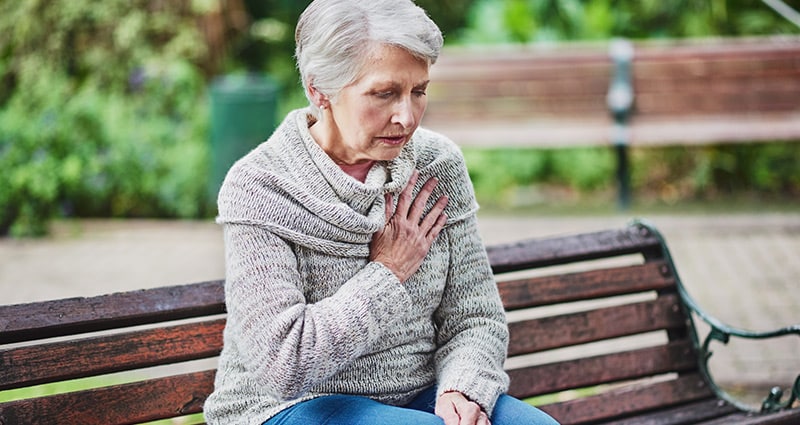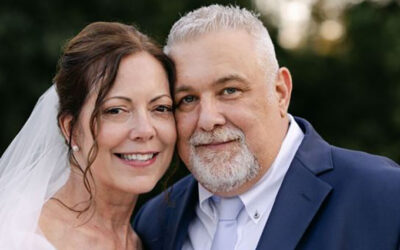Hollywood has conditioned us to look for signs of a heart attack in very specific ways—like an actress clutching her chest in pain as she falls to the ground after vigorous exercise or eating a particularly indulgent meal.
While a heart attack may look like that for some people, the signs and symptoms vary, especially by gender. Heart disease is the most common cause of death and disability in women in the U.S.
Women should look for these signs and know their personal heart disease risk factors.
Symptoms Beyond Chest Pain
The most common symptom for women experiencing a cardiac event, just as in men, is pressure-type pain in the center of the chest lasting a few minutes. But women are more likely to have other associated symptoms, such as left neck and jaw pain, upper back pain, shortness of breath, nausea and vomiting, sweating and dizziness. Women can have a heart attack even without chest pain, and it can present as severe shortness of breath or pressure in the upper abdomen or upper back.
Pain or symptoms for women can be brought on with stress or rest, rather than the stereotype of overindulging or strenuous activity. The more subtle presentation of heart disease symptoms for women compared to men may be because they start having symptoms before men do when there is blockage in smaller arteries.
Know Your Risk Factors
Any heart-related symptoms are more worrisome in women who have underlying risk factors for heart disease, including:
- High blood pressure
- High cholesterol
- Obesity—a BMI 25 or higher and waist size of 35 inches or more
- Diabetes
- Family history of premature heart disease
- Early menopause
- Smoking
- Inflammatory diseases, such as lupus and rheumatoid arthritis
- Previous pregnancy complications, such as gestational diabetes, preeclampsia, pre-term delivery or frequent miscarriages
A history of breastfeeding decreases a woman’s risk of heart disease by providing a long-term cardioprotective effect.
What to Expect from Heart Care
Seek medical attention promptly if you’re having symptoms. Healthcare providers can determine if they’re heart-related and how to best manage them.
When you seek cardiac care, you’ll get a thorough history and physical. You may have blood work, an echocardiogram (EKG), imaging and/or a stress test. Treatment can include medication, angioplasty and stenting, and coronary bypass surgery, depending on the severity of the disease.
Women benefit from these treatments as much as men do, but it sometimes takes longer for women to receive the intensive workups even when presenting with the same risk factors.
Learn more about tips to reduce your risk of heart disease, no matter your gender.




